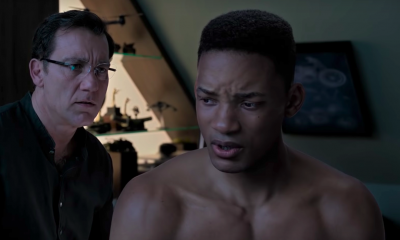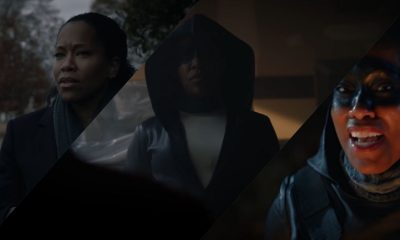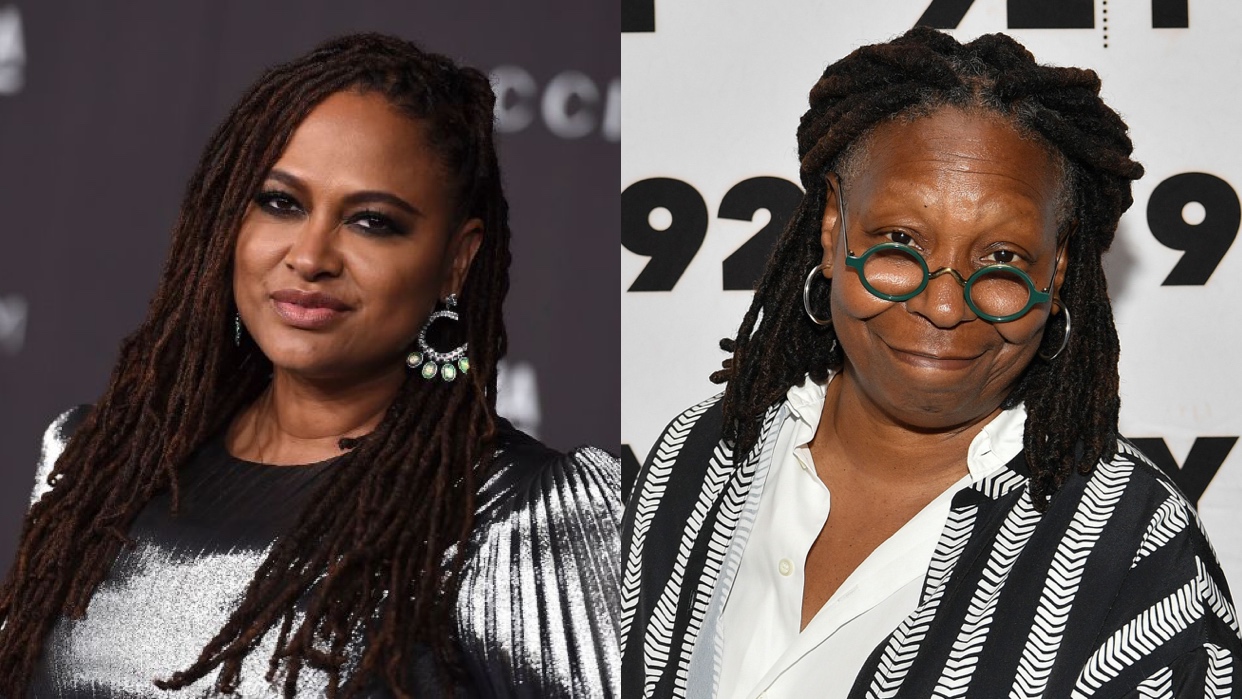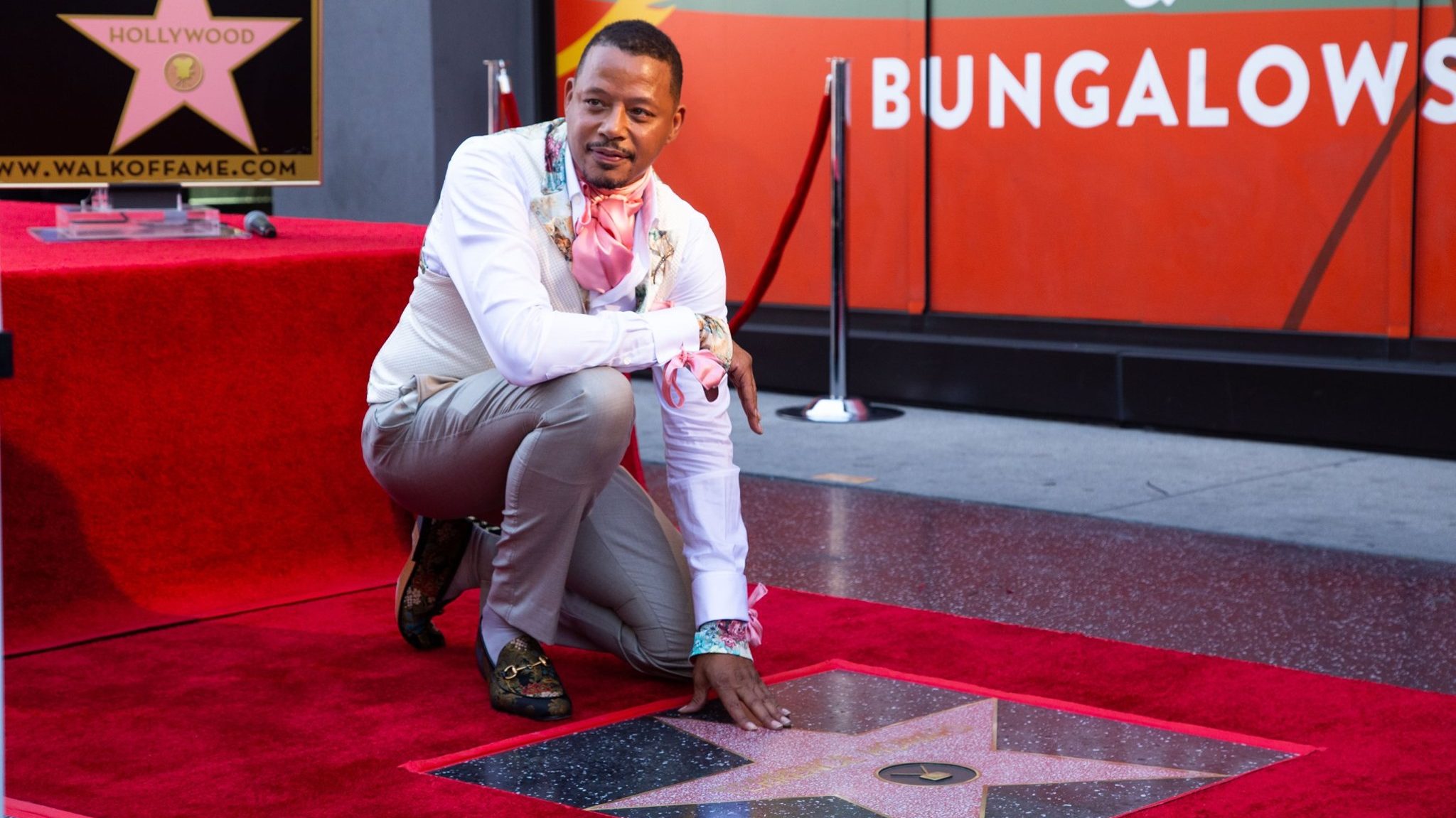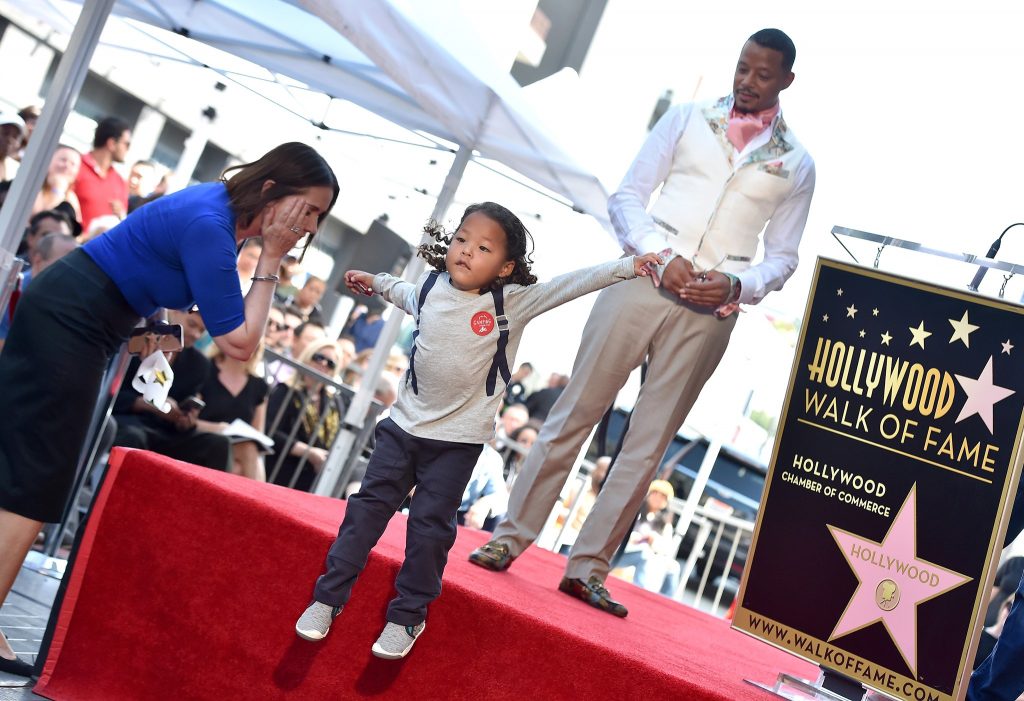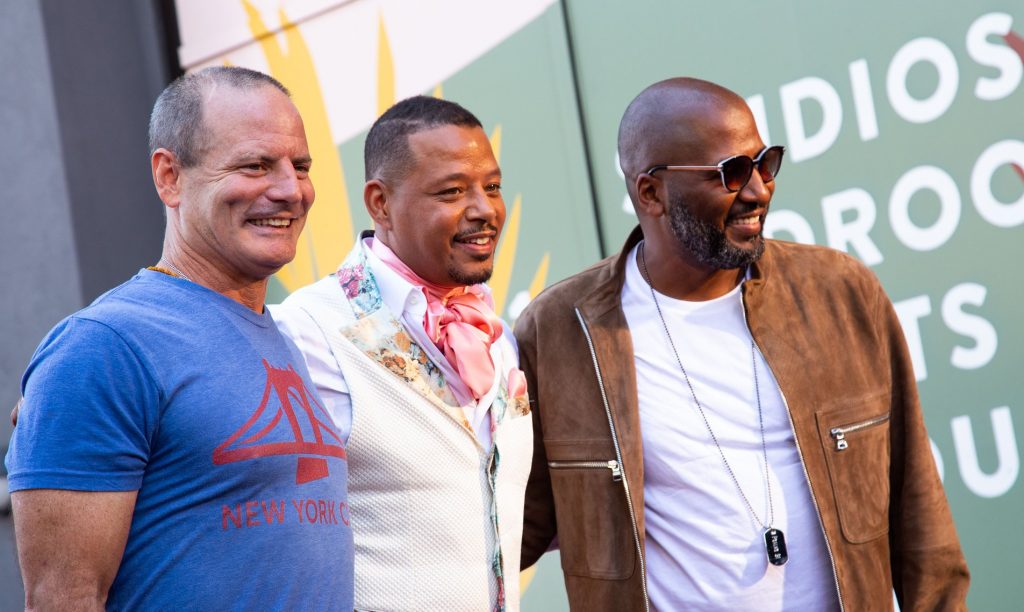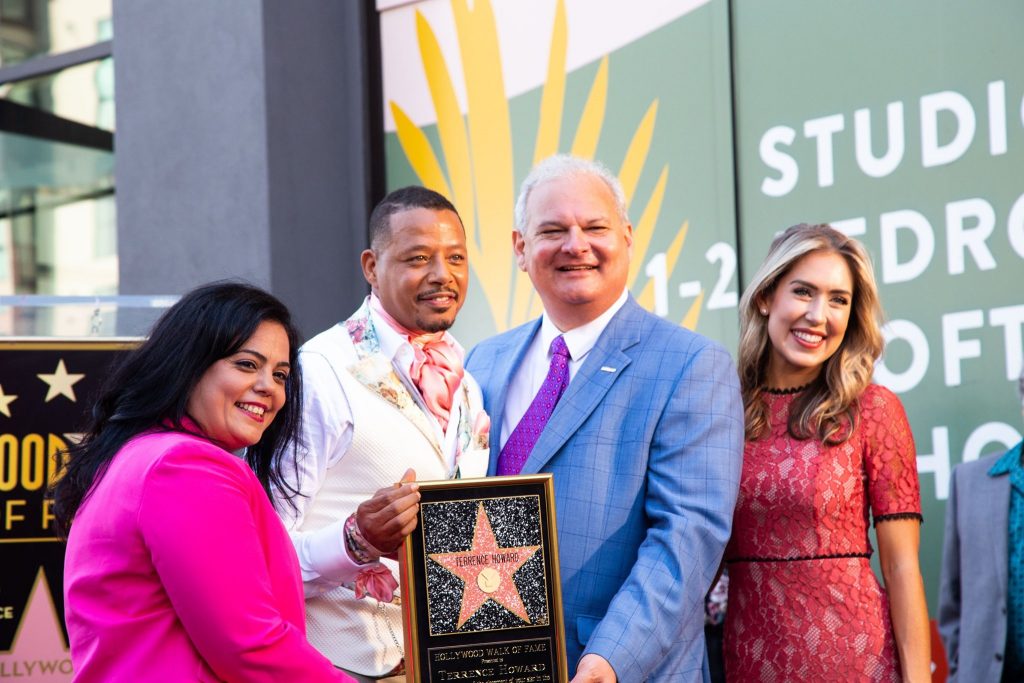Straight Outta Compton, directed F. Gary Gray, made its silver screen debut this weekend. The film stars O’Shea Jackson Jr., Corey Hawkins, and Jason Mitchell as Ice Cube, Dr. Dre, and Eazy-E respectively.
The film has a splendid first third. There is fire, there is fury, and there is real energy. All of the major characters are introduced in their ideal environments: Dre on a bedroom floor, submerged in funk records; Cube sitting on the school bus, pen and notebook in hand, being the hood journalist he later proclaims himself to be; Eazy navigating the rigors of late 80’s Compton’s crack trade.
My favorite scenes are Eazy retrieving a handgun from behind a subwoofer before entering a crack-den (a wonderful synecdoche for the N.W.A. gangsta-rap movement itself) and Dre, Cube, and Yella clowning Eazy while recording “Boyz-N-the-Hood.” I also enjoyed the “search for Felicia” scene a lot too. The playfulness of the latter two scenes supply the film with a youthful charm that disappears all too soon.
Once Cube (O'Shea Jackson Jr.) wises up to Jerry Heller's (Paul Giamatti) financial trickery, the film takes a nose-dive into drama about contracts and dinero. Not really my cup of tea. I prefer the stories about the music and the fight against the establishment (the federal government & “rap isn't art”).
The direction ranges from adequate to poor. Many scenes take place while loud music is playing in the background, but the actors aren't raising their voices or talking in extra-close proximity to one another. This really took me out of the film, since realism and historical accuracy is touted as one of its major strengths. I'm also certain that the same take is used twice in the same scene (near the end of the film, where Eazy essentially breaks up with Jerry). This is just shoddy work on the post-production team’s part, and I’m left wondering why such a problem exists in the first place.
The core three performances (Dre, Cube, and Eazy) are all fair, but nothing to truly write home about. O'Shea Jackson Jr. does have a passable 80s/90s Ice Cube scowl, but he doesn't ever venture outside of this bristling demeanor. Jackson Jr. is a fairly flat actor portraying a dynamic and energetic entertainer, and this disconnect causes his performance to suffer. Jason Mitchell did a great job when he was given actual drama to work with, especially near the end of the film when the financial walls are closing in on helpless Eazy with menace.
Keith Stanfield looks and sounds nothing like the young Snoop Dogg of yesteryear. I actually laughed out loud when Stanfield made his appearance and Dre told everyone it was Snoop! The real Snoop’s mid-90's legal troubles weren't included at all, nor was Doggystyle. At least “Deep Cover” made it in, and Stanfield does have an undeniable charisma, even if he doesn't quite look the part for Snoop.
The film fudges its chronology as well. A particularly egregious error: There is a scene in which Dre coaches 2Pac in the vocal booth at Death Row. Two tracks are played, “California Love” and “Hail Mary.” I can buy “California Love,” but there is no way in Hell that 2Pac would be recording “Hail Mary” at that time.
If you know your history, Eazy passed in March 1995, and Dre left Death Row in March 1996.
Straight Outta Compton depicts “Hail Mary” being recorded before Eazy passed and before Dre left Death Row, which is just an outright falsity. “Hail Mary” was recorded in August of 1996, well after Eazy died and Dre left. I'm very surprised that this chronological error was left within the film and it insults the intelligence of the informed viewer.
Why couldn't there have been a scene with Dre and Pac recording the “California Love” video ? That would have been much better scene rather than a cheap and easy scene of Dre talking to Pac through a studio booth window.
The film glosses over the creation and anger of The Chronic and the unbelievable success that was Doggystyle. Instead, we get a 5 million copies sold billboard featuring re-photographed artwork of The Chronic and Doggystyle just isn't mentioned at all. There are snippets of “Fuck wit Dre Day,” “Let Me Ride,” and “Nuthin But a G Thang” at least, but it's too little for me to respect. Dee Barnes isn't covered (and for good reason, since the real Dr. Dre himself co-produced this film). Additionally, the results of the D.O.C.'s car accident are depicted, but the film doesn't mention No One Can Do It Better at all. Straight Outta Compton makes it seem like the D.O.C. was just hanging around the N.W.A. crew when he wasn't like that at all. Bone Thugs-n-Harmony signed to Ruthless in '93, but make no appearance at all either. I count this as a weakness because Straight Outta Compton prides itself as being the definitive account of N.W.A’s rise and impact on popular culture at large.
Finally, there are pointless scenes of Suge Knight being the goon that we’ve always known him to be. His attacks on Eazy and a hapless civilian are well-performed. However, the Knight “character” (if that word can actually be used here) never develops into a true antagonist or actual threat to Dre and Cube. At the very end of the film, Dre announces he’s leaving Death Row, and Suge doesn’t react physically at all; instead, he is satisfied with knowing that “[he’s] got all this nigga’s money.” It seemed out of character to me. Dre leaves the room without a scratch, and the film ends accordingly. I didn't really enjoy these Suge Knight scenes at all.
Overall, it's a mostly well-made film, but if you know your history, then it's a total failure. I believe the film set out to be the definitive film about that era of hip-hop music and N.W.A. in general, and it fails because of these oversights and glossing-over of well-known events and facts. Revisionist history at its worst.
That being said, there are a lot of compelling and entertaining scenes throughout the film, and if you don't mind the history being fudged, then you'll be no worse for wear.
Personal Score: 5/10
Tha Fly Nation Score: 8/10
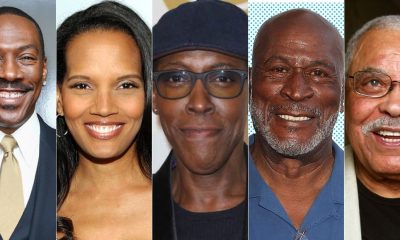
 Film & Television5 years ago
Film & Television5 years ago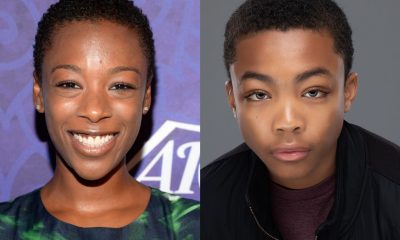
 Film & Television5 years ago
Film & Television5 years ago
 10 years ago
10 years ago
 Film5 years ago
Film5 years ago
 Music4 years ago
Music4 years ago
 Film5 years ago
Film5 years ago
 Music5 years ago
Music5 years ago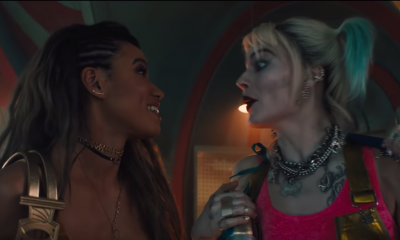
 Film5 years ago
Film5 years ago
